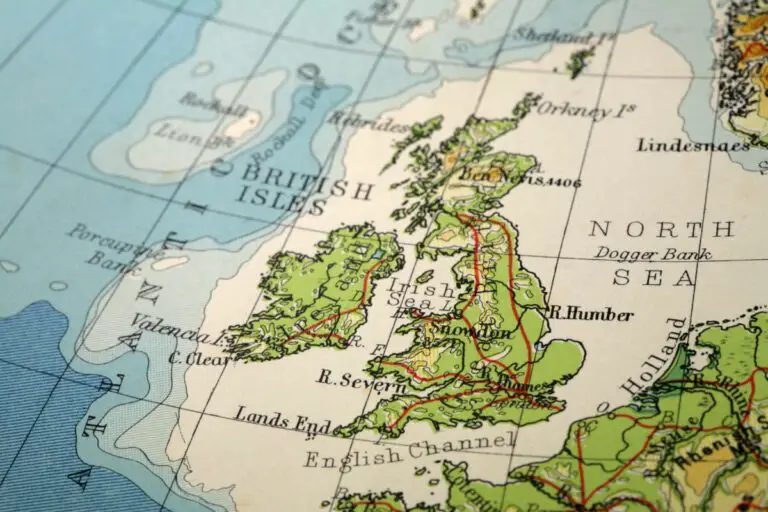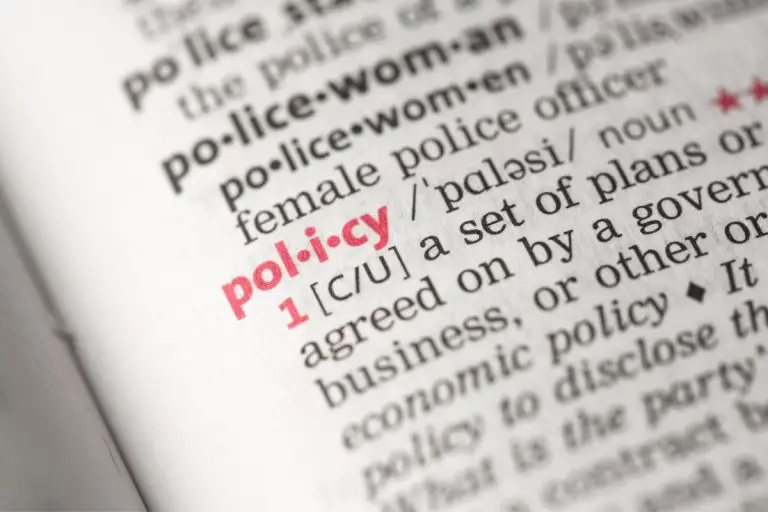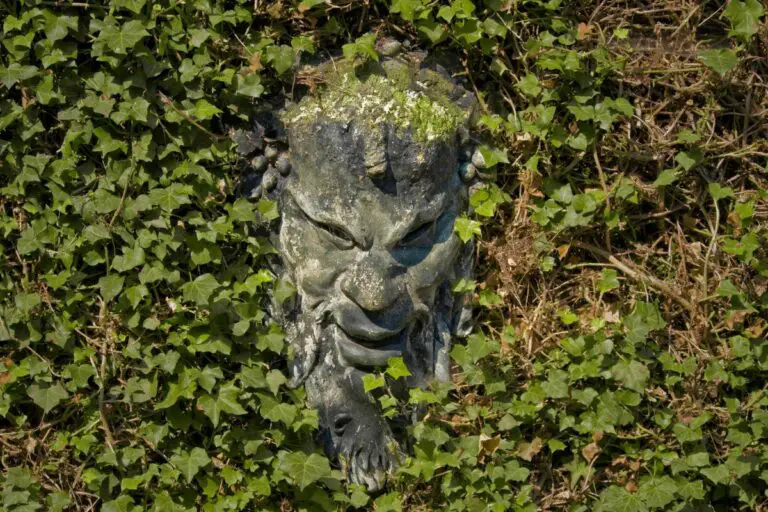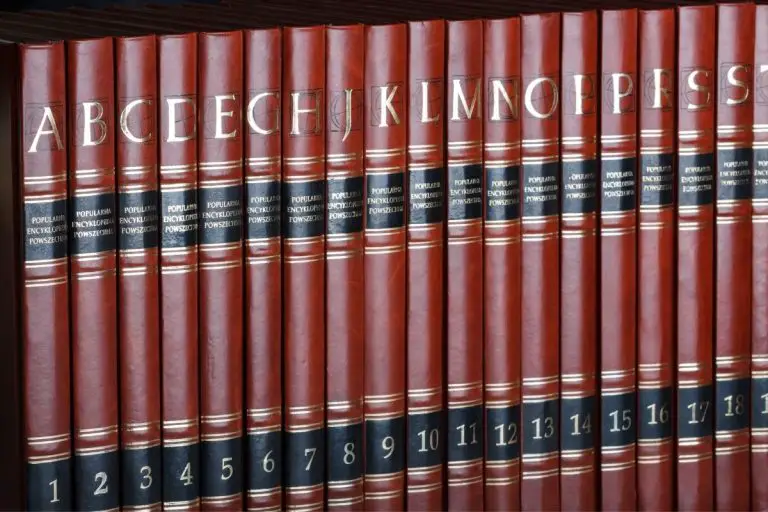7 Key Differences Between Novel and Fiction (With Table)
A novel is a fiction. But why are we using both terms? What are the exact characteristics of a novel? If you are a bit lost right now, don’t worry, I will answer all your questions in this article. Let’s start with the main difference between novels and fictions.
As a whole, fiction is a broader term than novel. All novels are fiction, but fiction also includes other types of projects, such as movies, video games and comics. A novel is a written project (book or e-book), created by only one writer, and composed of at least 70,000 words.
That’s it for the short answer, but they are some other differences you need to know about to make sure you get the whole concept right.
Length
One of the biggest differences between the two is the length of the formats. The word count is one of the elements that will determine whether something is published as a novel. Generally, a novel needs to have a minimum of 70,000 words.
However, the typical word count can vary a little between genres. For example, some fantasy books can clock in at over 125,000 words. Though this is the upper limit for a novel. If the book is too long, it can be more difficult to print. Authors get around this requirement by breaking the story up over multiple novels.
All novels are fiction. But not all written fiction takes the form of a novel. Other types of fiction include:
- Flash Fiction. This type of story is known for its brevity. Usually, it will be less than 2,500 words. Sometimes, it can be as short as a few paragraphs, or even a handful of words.
- Short Stories. This is anything from around 2,000 words to 10,000 words.
- Novelette. This is a story that runs between 7,500 to 19,000 words.
- Novella. This is between a short story and a full-length novel. It will start at around 20,000 words and can run to around 40,000 words.
In many cases, these shorter types of writing will be easier for an author to accomplish. Because of this, some people use them to hone their craft and learn technical skills. Then, they will take the leap to writing a novel.
Format
The next thing to consider is the way that the story has been published.
There are three common ways for a novel to be published. These are:
- Online, as an e-book.
- Paperback
- Hardcover
On the other hand, there are dozens of formats that fiction can take. Some common examples include:
- Short fiction being published through Reddit posts
- Scary stories being told around a campfire
- Comic books
- Audiobook adaptations of novels
- Plays
- Movies
- Screenplay for a TV show
- Video games
- Even something like telling a white lie could be considered fiction.
- Artworks can be considered a type of fiction, as you are painting something from your imagination.
As you can see, there is a myriad of things that could be considered fiction. Each of these approaches to fiction will have different pros and cons. For example, a movie will allow you to use visuals and music to create emotions and tell a story. But a video game will give the viewer more choice and control.
Popularity
Another element to consider is how popular the format of a novel is, compared to other forms of fiction. Novel writing is viewed as a big goal for many people within the story writing community. This format has remained popular for years.
To see how popular novels are, we just need to look at the sales figures. It’s estimated that there are around 900 million books sold each year. This market has been steadily growing over the last few years.
On the other hand, other types of fiction have also been seeing record-breaking numbers. For example, box office records continue to be broken, with films like Avatar grossing over two million dollars. The MCU has a cumulative total of 25 billion dollars.

Other types of fiction are also starting to enter the public consciousness. For example, Reddit forums have become a place for short stories to be shared. NFTs have allowed the monetization of artwork, with some selling for millions.
In short, the world of fiction continues to grow and remains a lucrative venture for creatives of all types, not just authors.
Some Novels Might Be Considered Non-Fiction
Fiction can be defined as anything that has been made up. This applies to most novels. But some can be loosely classed as being so closely based on the reality that they are no longer considered fictional.
This is a controversial area. How it should be classed will usually vary from person to person. For example, there have been some novels that strive to be as accurate as possible when depicting real people and events. But they might add in additional scenes or invent some situations, to drive the plot forward. This is a genre that is known as creative non-fiction.
Structure
Most novels will follow roughly the same structure. There will be a beginning, a middle, and an end. There are also a few common elements that most novels tend to share. These include:
- Multiple characters. There is usually a main cast of characters, with some supporting characters. For example, James Bond is the main character, while M and Q are supporting characters. Usually, each character will have its own arc.
- Several subplots. Similarly, novels will need the main plot and a few subplots. This gives it the length and complexity it needs to fill the word count.
- Chapters. Most, though not all, novels will be broken into smaller parts like chapters.
In the broader world of fiction, there is no need to stick to these conventions. Some short stories will focus on just one character and won’t have any subplots. The shorter length doesn’t allow for any non-essential story deviations. Often, it won’t have the time to explore a theme deeply.
Watch this video if you are interested in learning more about how novels are generally structured:
History
One of the most interesting aspects to consider is the history of novel writing. It’s believed that the first novel is called The Tale of Genji. It’s believed that this was written 1,000 years ago.
There are a few elements that make it unique. First, it was written by a woman. Plus, it is a work of fiction at a time when this type of work was generally looked down upon. Despite this, it was taken seriously. The epic tale was able to stay relevant through generations, eventually being translated into English in 1925.
While this is an impressive feat, works of fiction have been around for a lot longer than novels. The practice of imagining new scenarios stretches back centuries. As far back as the days of cavemen, we were telling stories around the campfire and expressing ourselves artistically on cave walls. It’s estimated that the oldest cave drawing in the world is located in Indonesia. It’s a stencil of a pig-deer. It’s believed that this is around 35,400 years old.
Who is Involved
The next thing to consider is the process that is used to create the artwork.
Generally, writing a novel will be a solo job. For months, a novelist can work alone, creating a manuscript. At the end of this process, though, it will become a little more collaborative. They will seek feedback from editors and test readers. Then, there will be a large team involved in the creation, marketing, and distribution of the novel.
As we mentioned, there are many types of fiction. Each will require a slightly different amount of collaboration. For example, there will be hundreds of people involved with the production of a movie or TV show.
Comparison Table
Here is a quick overview of the differences between novels and fiction.
| Novel | Fiction | |
| Length | Need to be at least 70,000 words | Can be any length |
| Format | Either e-book, hardcover, or paperback. | Can take almost any form, from forum posts to movie scripts |
| Popularity | Typically make over $900 million a year | Incorporates all types of art, from movies to plays. Because of this, works of fiction will make billions each year |
| Truthfulness | Some books mirror real events so closely they might be classed as creative non-fiction. | To qualify as fiction, it has to be largely based on a person’s imagination |
| Structure | Needs to have a clear beginning, middle, and end. | There are dozens of types of fiction, each with its own rules. |
| History | Around 1,000 years old | Around 25,400 years old |
| Who is Involved | Mostly a solitary pursuit. | Some works of fiction, like movies, can require a crew of thousands. |






